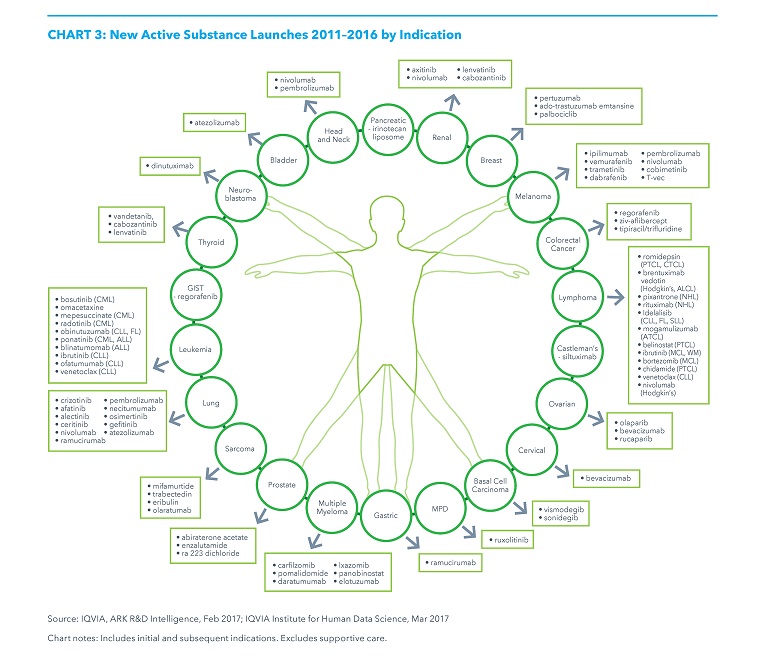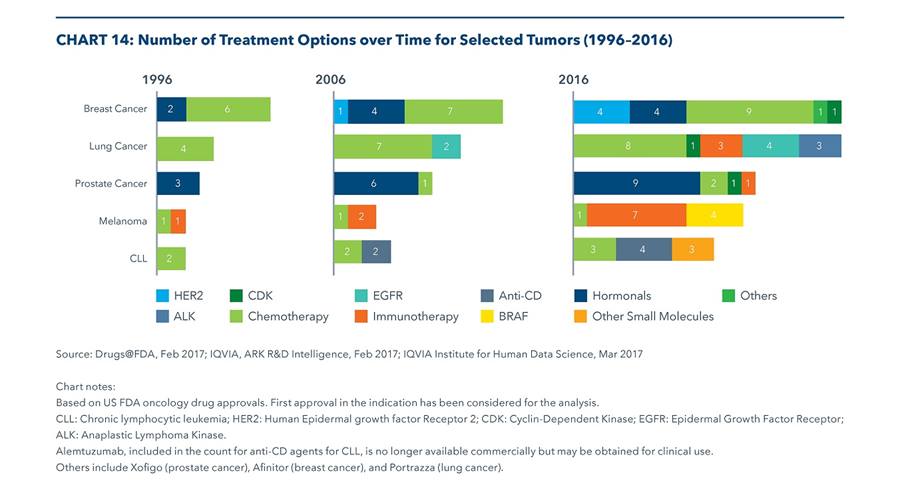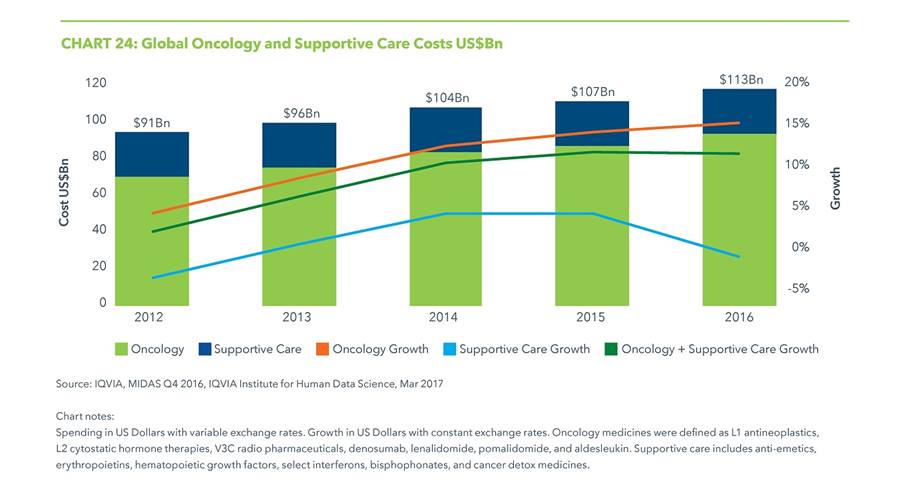-
Americas
-
Asia & Oceania
-
A-I
J-Z

EMEA Thought Leadership
Developing IQVIA’s positions on key trends in the pharma and life sciences industries, with a focus on EMEA.
Learn more -
Middle East & Africa

EMEA Thought Leadership
Developing IQVIA’s positions on key trends in the pharma and life sciences industries, with a focus on EMEA.
Learn more
Regions
-
Americas
-
Asia & Oceania
-
Europe
-
Middle East & Africa
-
Americas
-
Asia & Oceania
-
Europe
Europe
- Adriatic
- Belgium
- Bulgaria
- Czech Republic
- Deutschland
- España
- France
- Greece
- Hungary
- Ireland
- Israel
- Italia

EMEA Thought Leadership
Developing IQVIA’s positions on key trends in the pharma and life sciences industries, with a focus on EMEA.
Learn more -
Middle East & Africa

EMEA Thought Leadership
Developing IQVIA’s positions on key trends in the pharma and life sciences industries, with a focus on EMEA.
Learn more
SOLUTIONS
-
Research & Development
-
Real World Evidence
-
Commercialization
-
Safety & Regulatory Compliance
-
Technologies
LIFE SCIENCE SEGMENTS
HEALTHCARE SEGMENTS
- Information Partner Services
- Financial Institutions
- Public Health and Government
- Patient Associations
- Payers
- Providers
THERAPEUTIC AREAS
- Cardiovascular
- Cell and Gene Therapy
- Central Nervous System
- GI & Hepatology
- Infectious Diseases and Vaccines
- Oncology
- Pediatrics
- Rare Diseases
- View All

Impacting People's Lives
"We strive to help improve outcomes and create a healthier, more sustainable world for people everywhere.
LEARN MORE
Harness the power to transform clinical development
Reimagine clinical development by intelligently connecting data, technology, and analytics to optimize your trials. The result? Faster decision making and reduced risk so you can deliver life-changing therapies faster.
Research & Development OverviewResearch & Development Quick Links

Real World Evidence. Real Confidence. Real Results.
Generate and disseminate evidence that answers crucial clinical, regulatory and commercial questions, enabling you to drive smarter decisions and meet your stakeholder needs with confidence.
REAL WORLD EVIDENCE OVERVIEWReal World Evidence Quick Links

See markets more clearly. Opportunities more often.
Elevate commercial models with precision and speed using AI-driven analytics and technology that illuminate hidden insights in data.
COMMERCIALIZATION OVERVIEWCommercialization Quick Links

Service driven. Tech-enabled. Integrated compliance.
Orchestrate your success across the complete compliance lifecycle with best-in-class services and solutions for safety, regulatory, quality and medical information.
COMPLIANCE OVERVIEWSafety & Regulatory Compliance Quick Links

Intelligence that transforms life sciences end-to-end.
When your destination is a healthier world, making intelligent connections between data, technology, and services is your roadmap.
TECHNOLOGIES OVERVIEWTechnology Quick Links
CLINICAL PRODUCTS
COMMERCIAL PRODUCTS
COMPLIANCE, SAFETY, REG PRODUCTS
BLOGS, WHITE PAPERS & CASE STUDIES
Explore our library of insights, thought leadership, and the latest topics & trends in healthcare.
DISCOVER INSIGHTSTHE IQVIA INSTITUTE
An in-depth exploration of the global healthcare ecosystem with timely research, insightful analysis, and scientific expertise.
SEE LATEST REPORTSFEATURED INNOVATIONS
-
IQVIA Connected Intelligence™
-
IQVIA Healthcare-grade AI™
-
Human Data Science Cloud
-
IQVIA Innovation Hub
-
Decentralized Trials
-
Patient Experience powered by Apple
WHO WE ARE
- Our Story
- Our Impact
- Commitment to Public Health
- Code of Conduct
- Environmental Social Governance
- Privacy
- Executive Team
NEWS & RESOURCES

Unlock your potential to drive healthcare forward
By making intelligent connections between your needs, our capabilities, and the healthcare ecosystem, we can help you be more agile, accelerate results, and improve patient outcomes.
LEARN MORE
IQVIA AI is Healthcare-grade AI
Building on a rich history of developing AI for healthcare, IQVIA AI connects the right data, technology, and expertise to address the unique needs of healthcare. It's what we call Healthcare-grade AI.
LEARN MORE
Your healthcare data deserves more than just a cloud.
The IQVIA Human Data Science Cloud is our unique capability designed to enable healthcare-grade analytics, tools, and data management solutions to deliver fit-for-purpose global data at scale.
LEARN MORE
Innovations make an impact when bold ideas meet powerful partnerships
The IQVIA Innovation Hub connects start-ups with the extensive IQVIA network of assets, resources, clients, and partners. Together, we can help lead the future of healthcare with the extensive IQVIA network of assets, resources, clients, and partners.
LEARN MORE
Proven, faster DCT solutions
IQVIA Decentralized Trials deliver purpose-built clinical services and technologies that engage the right patients wherever they are. Our hybrid and fully virtual solutions have been used more than any others.
LEARN MORE
IQVIA Patient Experience Solutions powered by Apple
Empowering patients to personalize their healthcare and connecting them to caregivers has the potential to change the care delivery paradigm. IQVIA and Apple are collaborating to bring this exciting future of personalized care directly to devices patients already have and use.
LEARN MOREWORKING AT IQVIA
Our mission is to accelerate innovation for a healthier world. Together, we can solve customer challenges and improve patient lives.
LEARN MORELIFE AT IQVIA
Careers, culture and everything in between. Find out what’s going on right here, right now.
LEARN MORE
WE’RE HIRING
"Improving human health requires brave thinkers who are willing to explore new ideas and build on successes. Unleash your potential with us.
SEARCH JOBS- Insights
- The IQVIA Institute
- Reports and Publications
- Reports
- Global Oncology Trends 2017
About the Report
Over the past decade, there has been a paradigm shift in the treatment of cancer, driven by advances in personalized medicine and immuno-oncology. In this report, we share our perspective on some of the trends observed in 2016, including impact on cancer outcomes, the redefinition of many cancers, availability and costs of oncology therapeutics and complexity in cancer treatments.
Summary
Cancer continues to be one of the leading causes of morbidity and mortality worldwide, but therapeutic innovation based on improved understanding of disease biology and translational research have considerably changed the treatment paradigm for many cancers. From 2011 to 2016, 68 new drugs have been approved for 22 indications. Personalized oncology medicines, targeted agents and novel immunotherapy agents can provide substantial clinical benefit and have raised the hope of significantly improving cancer survival across a large number of tumor types.
Oncology continues to be an area of active interest with a robust pipeline of over 600 molecules in late stage development of which 90% is a targeted therapy. At the same time, newer treatment options, including biomarker-based patient segmentation and availability of biomarker-based treatment approaches, have added to treatment complexity. Novel oncology treatments are reaching physicians faster than ever, but the availability of newly launched agents differs substantially by geography.
Global costs of oncology therapeutics and supportive care drugs increased from $91Bn in 2012 to $113Bn in 2016, with the United States accounting for 46% of the total global oncology costs. Longer duration of therapy with novel agents, use of combination therapies with high cost novel agents and the possibility of patients receiving multiple lines of therapies are factors likely to contribute to further increase in costs. Uptake of newer agents and increasing use of older branded drugs are the contributing factors for increase in costs in other regions.
Key Findings
The Cancer Treatment Landscape Has Been Transformed Since 2011 by New Medicines Targeting 22 Different Cancer Types

- From 2011 to 2016, 68 different agents have been approved for 22 indications, with many being approved for more than one indication.
- Many of these new agents are also being evaluated in other tumor types and will likely be approved for subsequent indications, providing therapeutic options to additional patients.
- Of over 20 countries included in the analysis, more than half of the agents that launched from 2011-2015 were from eight countries indicating that access for novel oncology therapies is a continuing problem even in developed countries.
Over the Last 20 Years, Therapy Options for Multiple Tumor Types Have Increased Adding to Treatment Complexity

- Treatment options have increased over the last 20 years, both in terms of diverse mechanisms of actions as well as the number of drugs for each mechanism of action class.
- The median time from patent filing to FDA approval for oncology medicines has dropped from 10.25 years in 2013 to 9.8 years in 2016, primarily through “pulling forward” late stage drugs and approving them sooner.
- Treatment complexity will increase as time between launches is reduced and novel agents offer incremental efficacy gains.
Total Global Costs of Oncology and Supportive Care Therapies Increased to $113 Billion in 2016 at a Rate Of 11.6%

- Total global oncology and supportive care costs reached $113Bn in 2016.
- The cost of oncology medicines increased at a compound annual growth rate (CAGR) of 11.0% since 2011, while the cost of supportive care treatments increased at CAGR of 2.0% in 2016.
- The increase in global costs for oncology and supportive care medicines is related to an increase in the number of approved therapies and corresponding higher costs of novel agents. Targeted therapies also contribute to increasing oncology costs. This is particularly true in the United States, where 37 new oncology medicines were launched from 2011–2015.











